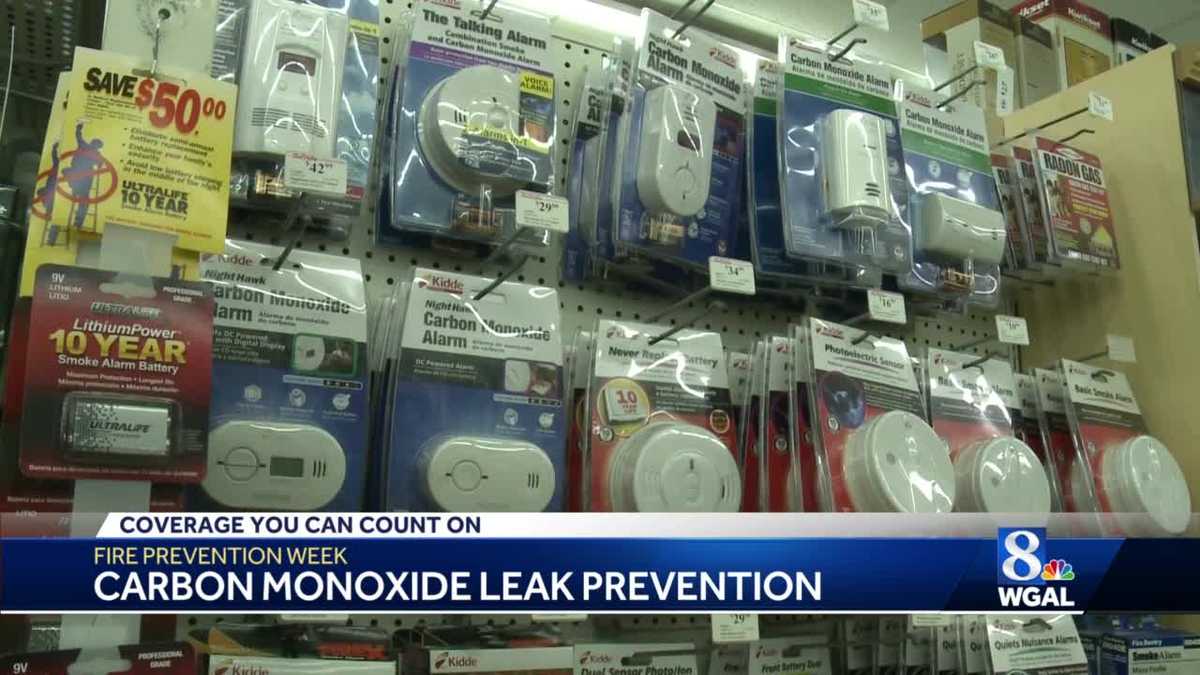
A carbon monoxide leak at an Allentown day care center that sent 32 people to the hospital was another example of how dangerous the colorless, odorless gas can be. The building did not have a working carbon monoxide detector. In light of fire safety week, a local firefighter shares tips on fire prevention strategies. Symptoms of carbon monoxide poisoning can come on quickly, which is why prevention is so important. “If the combustion process in the fireplace, in the furnace, if that is not burning whatever supply fuel it is, that is the origin of the carbon monoxide,” said Lt. Alex Borten of the Hempfield Fire Department. “That is when you start getting a headache, dizziness, and bad decision making,” said Borten. You have to check your chimney, gas dryer and any outdoor vents for obstructions, if the pathway isn’t clear, the carbon monoxide has to find a place to go. “Carbon monoxide and oxygen have almost the same molecular density. It’s not going to sink; it’s not going to rise. It’s going to stay here at ambient levels, roughly where it’s produced,” Borten said. Another point to remember is there is no smell, which leaves people with one important option. “You want to detect it at the source. You want a detector where the affected parties can be,” Borten said.
A carbon monoxide leak at an Allentown day care center that sent 32 people to the hospital was another example of how dangerous the colorless, odorless gas can be.
The building did not have a working carbon monoxide detector.
Advertisement
In light of fire safety week, a local firefighter shares tips on fire prevention strategies.
Symptoms of carbon monoxide poisoning can come on quickly, which is why prevention is so important.
“If the combustion process in the fireplace, in the furnace, if that is not burning whatever supply fuel it is, that is the origin of the carbon monoxide,” said Lt. Alex Borten of the Hempfield Fire Department.
“That is when you start getting a headache, dizziness, and bad decision making,” said Borten.
You have to check your chimney, gas dryer and any outdoor vents for obstructions, if the pathway isn’t clear, the carbon monoxide has to find a place to go.
“Carbon monoxide and oxygen have almost the same molecular density. It’s not going to sink; it’s not going to rise. It’s going to stay here at ambient levels, roughly where it’s produced,” Borten said.
Another point to remember is there is no smell, which leaves people with one important option.
“You want to detect it at the source. You want a detector where the affected parties can be,” Borten said.
